Did the US soft-land on the South Pole of the Moon ?

In my previous post, I detailed my analyses of the terrain characteristics of the actual landing site of Odysseus. Though my post was primarily focused on technical analysis of just the landing location, I was very curious during the missions about how it landed. For those who may not have been following closely, the lead-up to the touchdown was fraught with tension and drama, surpassing even the most elaborate plots of Indian TV soap operas.
Several have critiqued the oblique communications from Intuitive Machines over how the IM-1 landed, including fellow Space writer Jatan. From its miscommunication over its intended landing site to its repeated "excellent health" bulletins when in actuality - it was riddled with several malfunctions.
Despite its many failures leading up to the actual touchdown, I do not want to discount its achievement of landing its equipment on the moon, given the previous failed attempt.
But, the one that stuck with me the most is the quote from NASA itself.
This mission is the first U.S. soft landing on the Moon in more than 50 years – NASA
Here's what Steve Altemus said for SpaceNews.
“We had some very high level mission objectives to touch down softly on the surface of the moon — softly and safely — and return scientific data to our customers,” said Steve Altemus, chief executive of Intuitive Machines. “Both of those objectives are met, so in our minds this is an unqualified success.”
continued ...
“A soft touchdown on the moon in a great accomplishment,” said Joel Kearns, deputy associate administrator for exploration in NASA’s Science Mission Directorate
So, did it? Did it land softly? What does soft-landing mean for real? How do you define it – is there any scientific explanation or any reasonably acceptable definition here? As a man of science, I'd like to take my personal feelings and opinions out from the equation and objectively assess this for once.

what does a soft landing mean - scientifically speaking?
Landing, in its broad sense, is a collision process where the legs of a lander make contact with the surface of a celestial body. In the case of landing on the moon, we can simplify it by saying that the lander has successfully made contact with the lunar surface. The question of how the landing was achieved is of utmost relevance here.
Landing assessment is crucial in mission planning, due to the challenge posed by Earth’s differing gravity [1]. To overcome this, various simulations, grounded in mathematical models developed during the Apollo missions [2][3], have been created. These simulations are essential for validating the models and evaluating the touchdown dynamics at the landing site [4][5]. Simulating these conditions accurately is challenging, highlighting the complexity of replicating extraterrestrial landing environments on Earth [1].
It is also to be noted that the stability criteria are highly dependent on the mission and, the lander is designed accordingly - for which nominal design parameters are set - meaning there are no singular operating parameters that seem to be true, however, there seem to be one common stability criterion:
- Overtipping (Duh?!)
This concept is straightforward and a no-brainer and does not require further scientific analysis or a detailed review. However, someone needs to re-iterate this. [1-6] mention various methods and principles to avoid overtipping the lander at the designated landing site, the proposed methods generally take care of designing a mechanism for the landing legs to withstand different scales of touchdown conditions - this is essential criterion of Soft Landing.

From [2]
If the rigid-vehicle center of mass is outside of this enclosure (SD), the gravity action on the vehicle dynamics is destabilizing, and the landing is declared unstable. If the vehicle is unstable, the degree of instability can be gaged by the magnitude of the "overturning velocity" at the instant the rigid-vehicle center of mass passes through the stability wall (...) After computing the minimum stability distance to each stability wall, a landing can be declared stable if it satisfies the following conditions: (proceeds to listing conditions)
In evaluating landing performance of a soft-landing system, factors such as vehicle stability and landing gear energy-absorption characteristics are of prime importance.
To summarize, discussions about the stability of landers, especially regarding the prevention of overtipping during soft landings, are based on well-founded assumptions. This critical aspect underscores the importance of designing landers that can maintain balance upon touchdown.
There are several factors affecting the stability including touch-down horizontal and vertical velocities – discussion of these contributing factors are out of scope of this post.
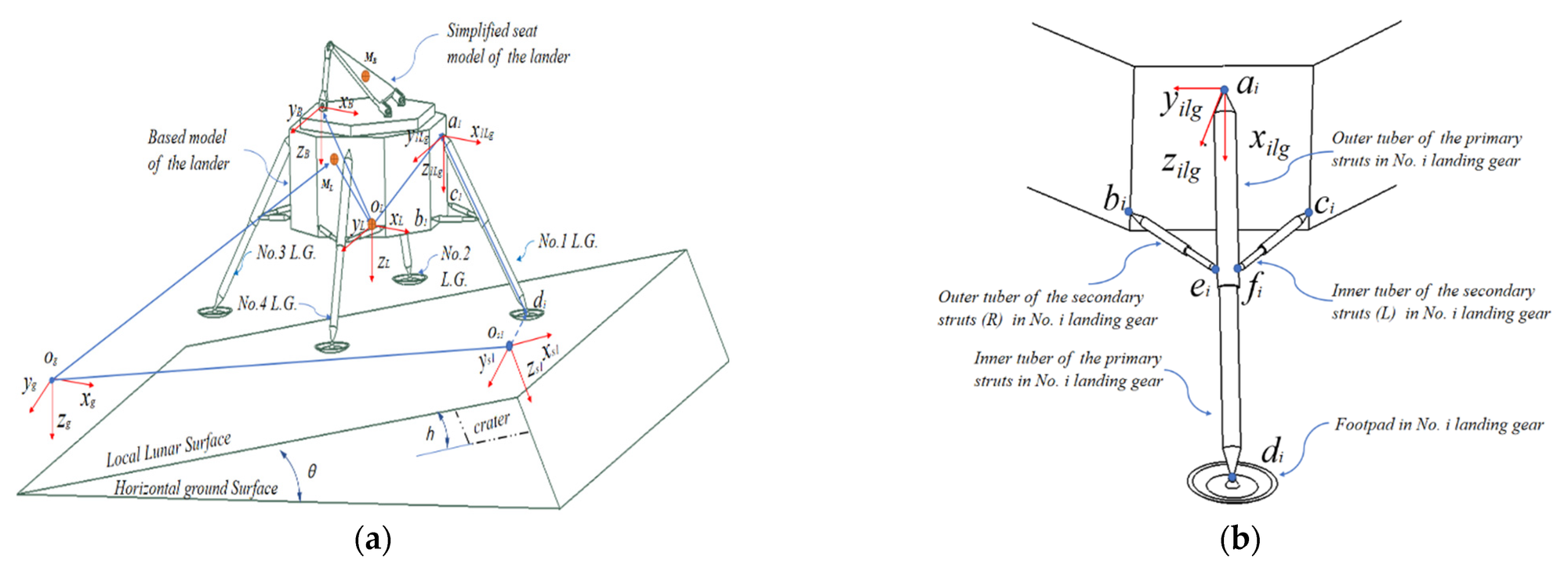
Having learned a little bit about the importance of stability as a non-negotiable criterion for a soft landing,
let's take a look at how Intuitive Machines IM-1 eventually landed:
- Vertical velocity: 3 m/s (300% more than expected)
- Horizontal Velocity: 2m/s (none was expected)
- Broken legs
- Tipped over 30% angle including 12% of terrain slope
Interesting. so the fallen leg seems to be pretty close to #IM1 and overlooking the craterhttps://t.co/11K9j42Auc https://t.co/KIr1zYgFaF pic.twitter.com/CtjLBiDXyr
— Chandra (tckb) (@this_is_tckb) February 29, 2024
So – having read my arguments here and the current status of IM-1, do you, dear readers believe the US landed softly and gently on the Moon? I leave you with this thought. I encourage you to read the cited papers here and formulate your opinion - do you disagree or agree? great – leave a comment.
[1] Yang et al. (2022). Soft landing stability analysis of a Mars lander under uncertain terrain. Chinese Journal of Aeronautics, 35(11), 377-388.
[2] G. A. Zupp and H. H. Doiron, "A mathematical procedure for predicting the touchdown dynamics of a soft-landing vehicle", NASA 1971 TN D-7045.
[3] H. H. Doiron and G. A. Zupp, "Apollo lunar module landing dynamics", AIAA, pp. 2000-1678, 2000.
[4] Kim, Y.-B.; Jeong, H.-J.; Park, S.-M.; Lim, J.H.; Lee, H.-H. Prediction and Validation of Landing Stability of a Lunar Lander by a Classification Map Based on Touchdown Landing Dynamics’ Simulation Considering Soft Ground. Aerospace 2021, 8, 380.
[5] Wang, Z.; Chen, C.; Chen, J.; Zheng, G. 3D Soft-Landing Dynamic Theoretical Model of Legged Lander: Modeling and Analysis. Aerospace 2023, 10, 811.
[6] Maeda, T., Ozaki, T., Hara, S., & Matsui, S. (2017). Touchdown Dynamics of Planetary Lander with Translation–Rotation Motion Conversion Mechanism. Journal of Spacecraft and Rockets, 54(4), 973-980.

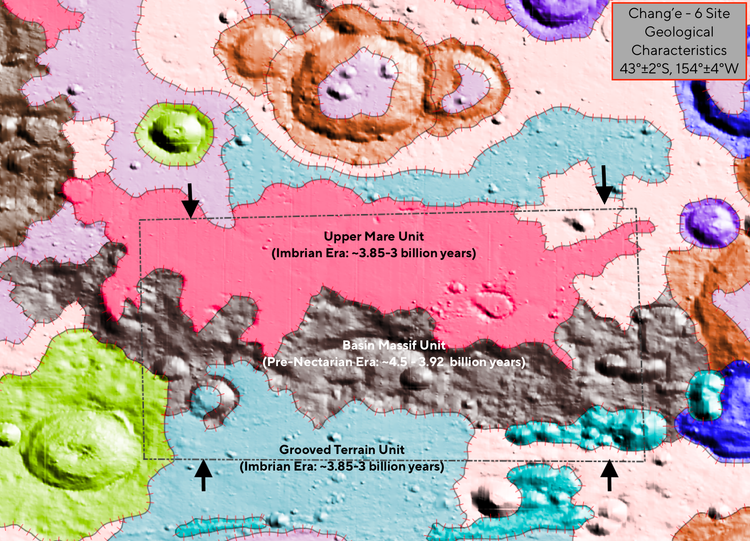
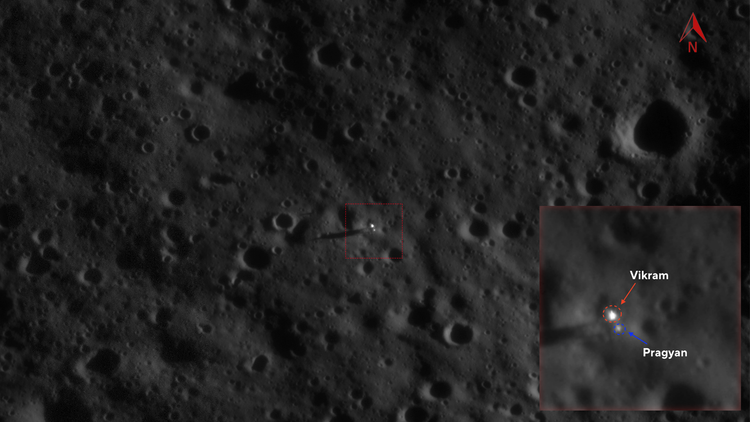
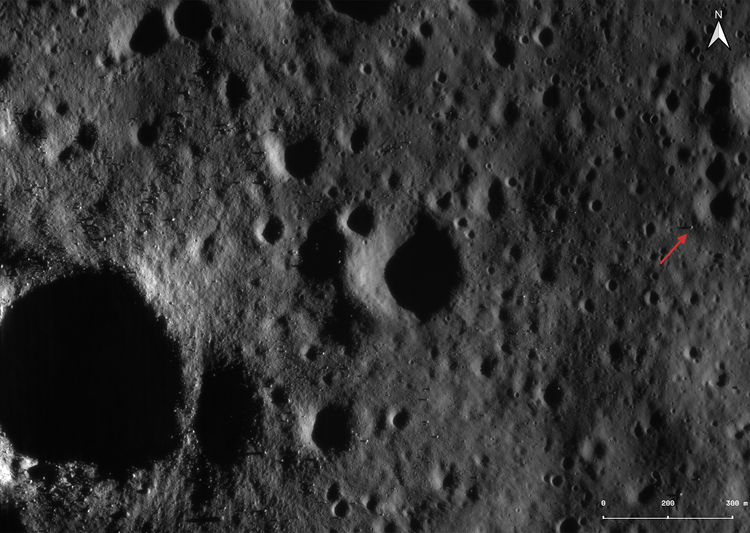
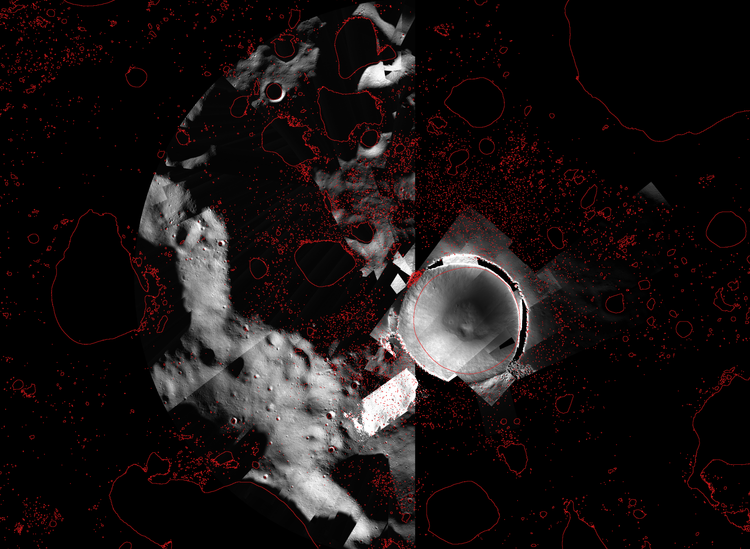
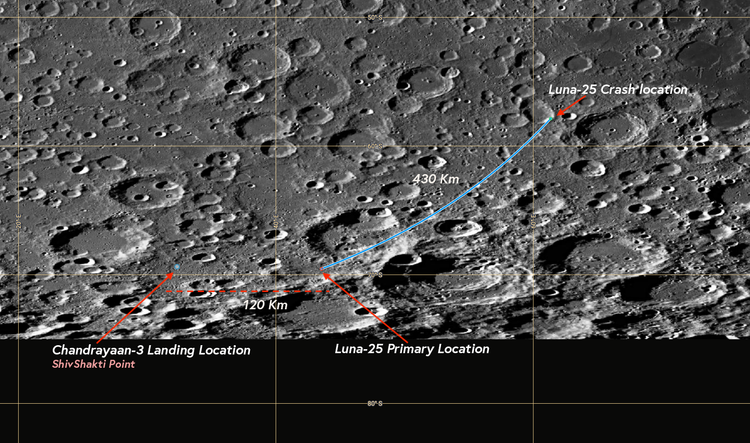
Member discussion